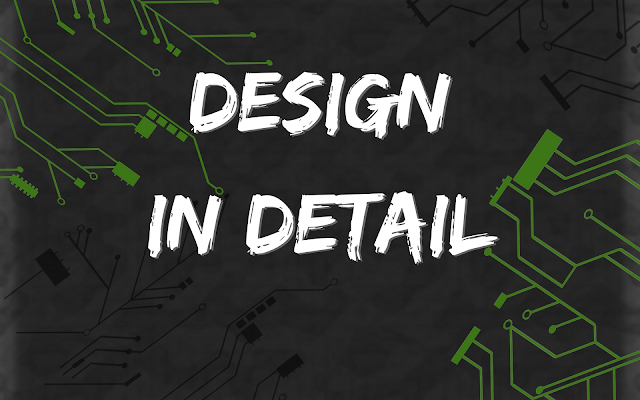Marketing in the Moment
Modern consumers spend a lot of time on their phones. Research shows that 91% of mobile phone users say they search for local products online, and that 93% of them do research online before they decide to buy. With over 2 billion mobile phone users in the world, and the saturation growing ever closer to 100% in developed countries, that's an enormous audience expecting to find what they're looking for online. And it's an enormous opportunity for small and growing businesses to capitalize on if they're already available online, ready to market to those consumers in the micro-moment.
What the heck is a micro-moment?
The term "micro-moment" was first coined by Google in 2015. It refers to the moment when a person reaches for their phone in order to find out a piece of information. It may not even be with the express intent to make a purchase, it is just the first moment a user thinks about something they want to know, and picks up their phone to discover information. Google calls this a micro-moment, and they come in four forms:
The idea of a micro-moment is a modern version of a concept originally used by Procter & Gamble in 2005, called a "Moment of Truth," which is the moment when a customer or user interacts with a brand, product, or service to form or change their opinion about it.
How do micro-moments affect marketing?
Nobody can control when a consumer picks up their phone, or what they look for when they do. The problem that many companies have with their marketing strategies, and the reason "traditional" advertising is less and less effective in the modern age, is that companies aren't talking to consumers at the right time, or in the right way.
Most advertisements are not answering a user's immediate question or fulfilling a need or curiosity, they are just screaming into the void, trying to get attention. The consumer is passive in this process, or even actively disinterested, and so the advertisement falls on deaf ears. Instead of being there for the user when they want, need, or are interested in something, you are trying to force them to pay attention to you, and annoying them. This is very unlikely to accomplish anything good.
This is also why I detest websites that use distracting popups or overlays to try to keep you on the page, show you other content, or try to get you to download a "free" e-book. It's tacky, it gives all of us web designers a bad reputation for being annoying and pushy, and it doesn't even work anyway.
How do you take advantage of micro-moments?
We've established that old-school marketing isn't really an effective way to engage with modern consumers. So what's the answer? How can we find new customers without being pushy? Here are some key statistics that we can work with:
Among smartphone users, 82% said they consult their phone while in a store, 66% said they consult their phone to learn more about something they heard in a commercial, and 51% said they have purchased products from a company or brand other than the one they intended because the information they received while searching was useful (source).
That last part is especially important. 51% of users bought something from a company they weren't originally intending to, because they found useful information while searching. This is something I've been talking about for ages. The best way to market to people is not to yell at them and jump up and down to get attention. Instead, just make yourself useful! Your website, your blog, and/or your social media presence should not just be about what you're selling, but also about how it's helpful, what it will do for your customers. Even better, provide tools, articles, or instructional videos that are related to your industry or company, but not explicitly about a product you're selling.
The more quality content you provide about as many related topics as possible, the better your search results will be, and the more likely it is that people will see you, without you having to do anything else. By fulfilling a need in the micro-moment, you will be there when a user is looking for answers, and that leaves a positive impression. You've given them something of value, and they will likely remember that when they are ready to make a purchase.
This is the essence of marketing in the moment: don't yell for attention and make a nuisance of yourself. Just put yourself on the path your target audience is likely to walk down, and already be there waiting to lend a hand. Then, they'll come to you. Doesn't that sound better?
Interested in learning more?
Micro-moments are a huge subject. It's hard to cover them in detail in a single article. If you'd like some more information, as well as even more useful tips, check out these articles Google wrote about each of the four types of micro-moments. They even have some helpful infographics (clearly, they took their own advice about being useful!):
I-want-to-know
I-want-to-go
I-want-to-do
I-want-to-buy
Still don't have a website for your business? Or need help updating it to take better advantage of marketing in the moment? Whistler IT Solutions can help. Contact us today!







Comments
Post a Comment